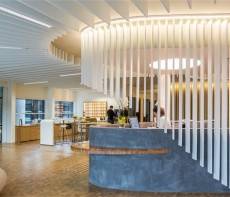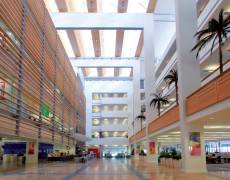May 15, 2014
Support for flexible working an increasing challenge for IT managers, claims survey
 One of the greatest challenges currently facing IT managers is providing secure and robust technological infrastructure for flexible working, and it is set to become even greater as more and more firms adopt Cloud based working, according to a new report from technology specialists ControlCircle. The survey of 250 UK based CIOs, ‘IT Growth and Transformation’ found that over the next five years the increasing mobility of the workforce is going to present them with a range of increasingly important challenges, with IT leaders predicting that security (56 percent), cloud (46 percent) and mobility (41 percent) set to become the biggest challenges they face. The survey also revealed that nearly half (48 percent) of respondents experience hourly, daily and weekly technology availability issues and a fifth (21 percent) experience business downtime daily or hourly as a result.
One of the greatest challenges currently facing IT managers is providing secure and robust technological infrastructure for flexible working, and it is set to become even greater as more and more firms adopt Cloud based working, according to a new report from technology specialists ControlCircle. The survey of 250 UK based CIOs, ‘IT Growth and Transformation’ found that over the next five years the increasing mobility of the workforce is going to present them with a range of increasingly important challenges, with IT leaders predicting that security (56 percent), cloud (46 percent) and mobility (41 percent) set to become the biggest challenges they face. The survey also revealed that nearly half (48 percent) of respondents experience hourly, daily and weekly technology availability issues and a fifth (21 percent) experience business downtime daily or hourly as a result.
























May 14, 2014
Spending on office furniture becomes a US political football
by Mark Eltringham • Comment, Furniture, Public Sector, Workplace design
(more…)